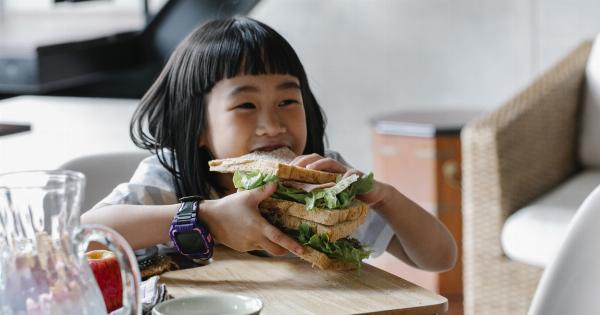Peanuts are a popular snack among children, but they can also be a source of allergy. Peanut allergies can be life-threatening, so it is important to prevent them. Here are 2 easy methods to prevent peanut allergies in children.
Method 1: Introducing Peanuts Early in Life
Studies show that introducing peanuts early in life can lower the risk of developing peanut allergies.
The National Institute of Allergy and Infectious Diseases (NIAID) recommends giving infants peanut-containing foods as early as 4-6 months of age, depending on their risk for peanut allergy.
The NIAID guidelines suggest that infants at high risk for peanut allergy, such as those with severe eczema or egg allergy, should have peanut-containing foods introduced as early as 4-6 months of age, after evaluation by a healthcare provider.
Infants with mild or moderate eczema can have peanut-containing foods introduced at around 6 months of age, while infants without eczema or any food allergy can have peanut-containing foods introduced at any age, according to the NIAID guidelines.
Introducing peanuts early in life can help the immune system develop tolerance to the allergen, reducing the risk of developing peanut allergy.
However, parents should always consult with their child’s healthcare provider before introducing peanut-containing foods, especially if their child has an allergic reaction to other foods or has a family history of peanut allergy. Parents should also introduce peanut-containing foods gradually, starting with a small amount, to monitor for any allergic reactions.
Method 2: Avoiding Exposure to Peanuts
Avoiding exposure to peanuts can also lower the risk of developing peanut allergies. Here are some tips to help prevent peanut allergy in children:.
1. Read Food Labels
Food labels can provide important information on the presence of peanuts or other allergens in food products. Parents should always read food labels carefully before purchasing food products for their children.
Some food products may contain hidden sources of peanuts, such as flavorings or additives. Parents can also contact food manufacturers or visit their website to inquire about the presence of any allergens in their products.
2. Avoid Cross-Contamination
Cross-contamination can occur when a food product comes into contact with peanuts or other allergens during processing, packaging, or preparation.
Parents should avoid cross-contamination by using separate utensils, dishes, and cutting boards for peanut-containing and non-peanut-containing foods. They should also wash their hands and their child’s hands thoroughly before and after handling food.
3. Inform Others
Parents should inform their child’s caregivers, teachers, and other adults who may come into contact with their child about their child’s peanut allergy.
They should provide clear instructions on how to avoid exposure to peanuts and what to do in case of an allergic reaction. Parents should also pack safe snacks or meals for their child when they are away from home.
4. Avoid Peanut-Containing Environments
Peanut-containing environments, such as baseball games, peanut festivals, or airplanes, can also pose a risk to children with peanut allergy.
Parents should avoid such environments or take precautions, such as carrying a face mask or epinephrine auto-injector with them.
Conclusion
Peanut allergies can be life-threatening, but they can be prevented. By introducing peanuts early in life and avoiding exposure to peanuts, parents can reduce the risk of peanut allergy in their children.
It is important to consult with a healthcare provider and read food labels carefully before introducing peanut-containing foods, and to inform others about their child’s peanut allergy. By taking these precautions, parents can help their children live safely and happily.































